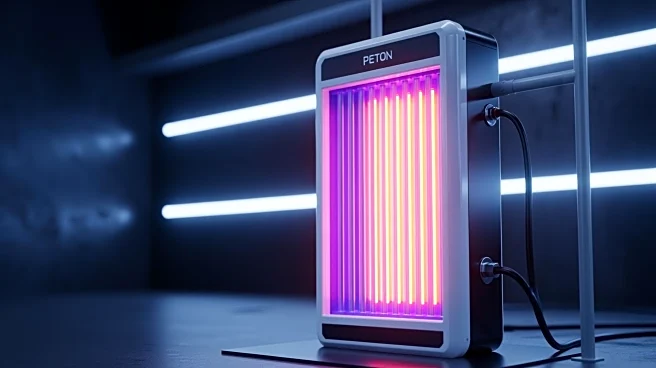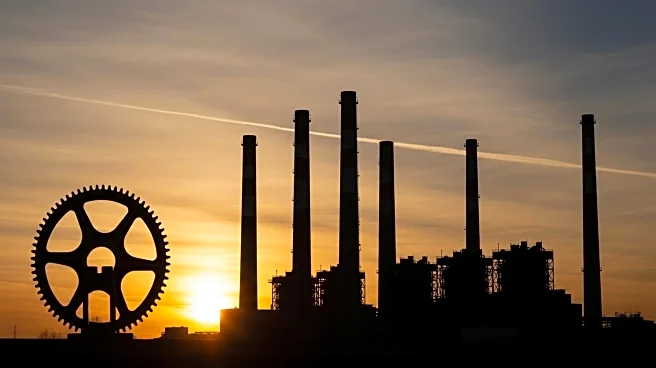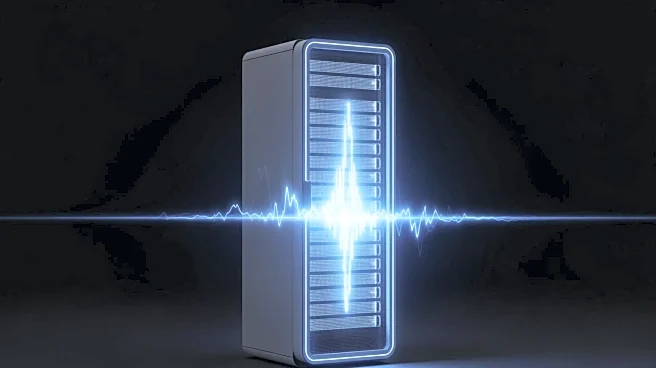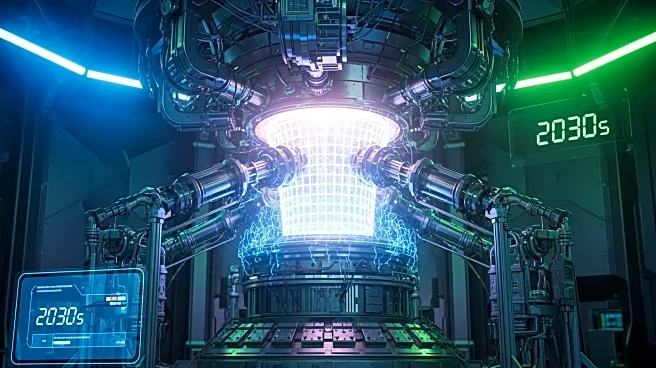What's Happening?
A recent study has evaluated various correlations for predicting boiling heat transfer coefficients (BHTC) in NH3-LiNO3 binary mixtures used in plate heat exchangers (PHEs). The study highlights NH3-LiNO3 as a superior alternative to NH3-H2O due to its
non-volatile absorbent properties, which eliminate the need for a rectifier and allow for the use of low-grade heat sources. The research focused on improving the predictive accuracy of existing models by adjusting scaling factors. The Han et al. correlation demonstrated the highest accuracy, capturing 91.89% of data within a 30% error range. Adjustments to scaling factors significantly improved the predictive capabilities of the models, with the Taboas et al. correlation showing a notable enhancement in accuracy after recalibration.
Why It's Important?
The findings are crucial for industries relying on absorption refrigeration systems (ARS) as they offer a more efficient and cost-effective solution for heat transfer processes. By improving the accuracy of predictive models, the study supports the optimization of PHEs, which are integral to various industrial applications, including energy and chemical processing. The enhanced models can lead to better system design and operation, reducing energy consumption and operational costs. This advancement also supports the broader adoption of sustainable energy solutions by facilitating the use of waste or solar heat sources.
Beyond the Headlines
The study underscores the importance of adapting existing models to account for unique properties of alternative refrigerants like NH3-LiNO3. This approach not only improves predictive accuracy but also encourages innovation in the development of environmentally friendly and efficient refrigeration technologies. The research highlights the potential for further exploration into other binary mixtures and their applications in sustainable energy systems.













